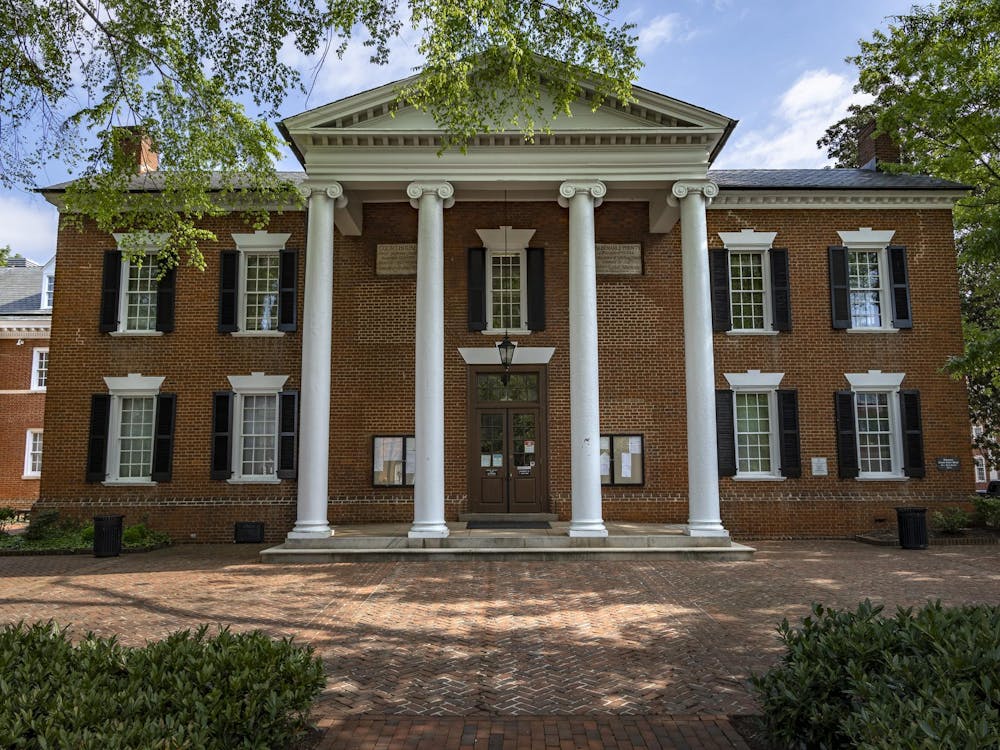IN MASSACHUSETTS and Colorado, voters today will have the chance to determine how students who have no English background will be taught in the public schools. Although both of their school systems currently have a bilingual education system, which teaches a non-English speaking student in both their native language and English, a new program aims to make this process go faster. It encourages an immersion type of program, which tries to get the students into regular classrooms after one year. However, these new measures are ineffective, and the older methods give non-English speaking students a better chance of integrating into American life.
The intense English immersion program has already been implemented in other states such as California and Arizona, but the proposals for the plan in both Colorado and Massachusetts call for more extreme measures. In both programs, the educators themselves are held liable for the students who are waived into bilingual programs by their parents. This measure is seemingly meant to pressure the educators to encourage English immersion classes, and also to discourage parents from pursuing such avenues when they know that the state itself does not have faith in bilingual education. The critics of bilingual education dismiss it as antiquated and ineffective. They feel that although it may effectively provide some types of education, the language education suffers, and students will not be learning to use either language to the fullest of their abilities (http://www.cnn.com/2002/EDUCATION/11/01/bilingual.education.ap/index .html). However, parents should not be persuaded by these arguments, and voters should affirm that bilingual education is the best option for their children.
Immersive education is seen by its supporters as a way that students will be surrounded by English and will thus be forced to learn it well in order to communicate. This forceful, active type of learning may work for some students, but the assumption that is made by its supporters is that the students will positively respond to the immersive environment. It demands a level of intelligence and auditory learning ability that many children do not possess. These students, instead of learning the material quickly and embracing their environment, may instead block it out if they cannot keep up with the rest of the class. It is not fair to students who cannot learn as quickly as others to be subjected to this. Such children, when they see others progressing more quickly than them, will feel even more self-conscious about their language barrier. Their inability to grasp the material when coupled with their low self-esteem sorely cripples the education process. These students may become nonproductive and unenthusiastic when the system itself does not encourage their progression.
For this reason, bilingual education is a far better option than immersive education. The child is already immersed enough in English throughout the rest of society, and although immersion is essential for learning a language fluently, this immersion should not extend to the classroom. With bilingual education, non-English speaking students will be able to learn subjects without being confined by language boundaries. They will not feel forced to make a transition that they cannot make smoothly, and will instead be more self-confident in their abilities to learn. This is especially important in a child's formative years. It is vital that children be confident in their abilities to learn, or else there may be devastating consequences to the child's psyche that will manifest themselves in slothful behavior and lack of motivation.
Also, it is unfair for educators to be held responsible for a child's performance in these types of circumstances. Although it is true that in some instances educators need to be held accountable for their actions, it is overly harsh to hold teachers legally responsible for everything that goes wrong in the classroom. A distinction must be made between a teacher's unwillingness to teach and a student's unwillingness to learn. As the current measure stands, a poor distinction is made between the two, and the teachers need to be protected from cases in which it is the student's lack of effort that contributes to his poor grades.
Of course, the bilingual education system is not without its flaws, and cases may exist in which students learn neither English nor the native language with expertise. However, the answer to flaws such as these is not to get rid of the program outright. Rather, the solution is to put more emphasis on making sure that these education programs have enough resources in order to function. Gully Stanford, who is a member of the Colorado school board, agrees with this sentiment, and says, "We need to invest not in punitive, Draconian measures ... but in teachers who can give our kids the skills they need to succeed." To give children these types of skills, they need to use a system that caters to all types of non-English speaking students. Immersive learning that holds the educators themselves liable is not the answer.
(Kevin James Wong's column appears Tuesdays in The Cavalier Daily. He can be reached at kwong@cavalierdaily.com.)






